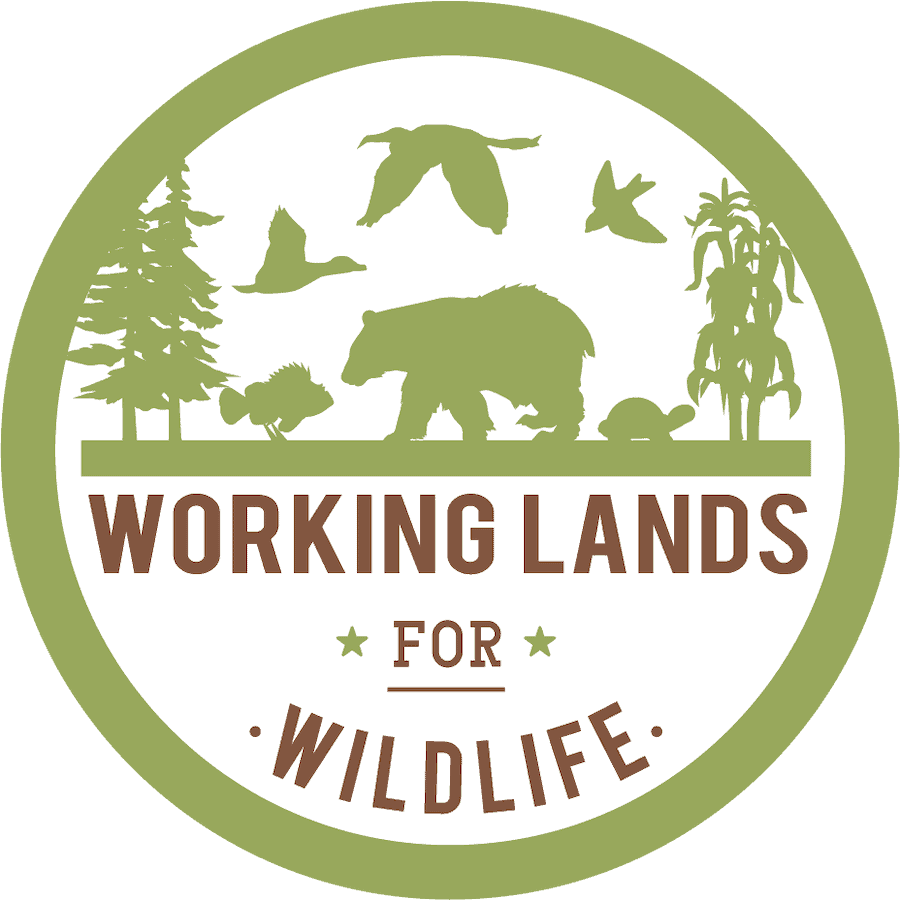-
Wildland Fire Safety Training Annual Refresher Catalog
-
by
Tab Manager
—
published
Apr 09, 2021
—
last modified
Apr 18, 2024 01:23 PM
—
filed under:
Training,
WLFW,
Wildland Fire Safety Training,
Online Training,
Wildland Fire,
WFSTAR
The National Wildfire Coordinating Group's Wildland Fire Safety Training Annual Refresher (WFSTAR) catalog includes a variety of modules helpful to wildland fire practitioners.
Located in
Training
/
Online Training Programs and Materials
-
Wildland-Urban Interface Conference 2023
-
by
Rhishja Cota
—
published
Oct 10, 2022
—
last modified
Apr 18, 2024 01:12 PM
—
filed under:
Training,
WLFW,
Online Training,
Wildland Fire,
News,
Events
Learn how to minimize and manage threats in the WUI at the Wildland-Urban Interface Conference. Three essential tracks ensure you and your team get everything you need. Get the latest on Fire Adapted Communities, operations & suppression, and wildland fire policy & tools. Get it all at the WUI conference before the next fire season strikes.
Located in
Training
/
Online Training Programs and Materials
-
Wildlife Conservation Through Sustainable Ranching
-
by
Web Editor
—
published
Dec 31, 2023
—
filed under:
News,
Working Lands for Wildlife,
Newsletter,
WLFW
Special Edition: Migratory Big Game Conservation Success in the West | Expanded USDA Initiative Helps Ensure Big Game Always Have Room to Roam
Located in
News & Announcements
/
WLFW News Inbox
-
Wildlife Management Institute Outdoor News Bulletin July 2025
-
by
Web Editor
—
published
Jul 17, 2025
—
filed under:
WLFW,
News & Events,
WMI,
Wildlife Management Institute,
News,
Newsletter
July 2025 | Volume 79 | Issue 7
Located in
News & Announcements
/
WLFW Newsletters
/
Wildlife Management Institute Outdoor News Bulletin
-
Wildlife Management Institute Outdoor News Bulletin June 2025
-
by
Web Editor
—
published
Jun 19, 2025
—
last modified
Jun 19, 2025 05:54 PM
—
filed under:
WLFW,
News & Events,
WMI,
Wildlife Management Institute,
News,
Newsletter
June 2025 | Volume 79, Issue 6
Located in
News & Announcements
/
WLFW Newsletters
/
Wildlife Management Institute Outdoor News Bulletin
-
Wildlife Management Institute Outdoor News Bulletin September 2025
-
by
Web Editor
—
published
Sep 16, 2025
—
last modified
Oct 20, 2025 09:56 PM
—
filed under:
WLFW,
News & Events,
WMI,
Wildlife Management Institute,
News,
Newsletter
September 2025 | Volume 79 | Issue 9
Located in
News & Announcements
/
WLFW Newsletters
/
Wildlife Management Institute Outdoor News Bulletin
-
Wildlife Management Institute Outdoor News Bulletin March 2024 | Volume 78, Issue 3
-
by
Web Editor
—
published
Mar 15, 2024
—
last modified
Apr 30, 2024 06:55 PM
—
filed under:
News,
WMI,
Wildlife Management Institute,
WLFW,
Newsletter
In this issue: Conservation Without Conflict Summit recap, evaluating wildlife councils, pollinator research, and more.
Located in
News & Announcements
/
WLFW Newsletters
/
Wildlife Management Institute Outdoor News Bulletin
-
Wildlife Management Institute Outdoor News Bulletin August 2025
-
by
Web Editor
—
published
Aug 31, 2025
—
last modified
Sep 01, 2025 12:29 AM
—
filed under:
WLFW,
News & Events,
WMI,
Wildlife Management Institute,
News,
Newsletter
August 2025 | Volume 79 | Issue 8
Located in
News & Announcements
/
WLFW Newsletters
/
Wildlife Management Institute Outdoor News Bulletin
-
WLFW East Region Conservation Series April 11 2024
-
by
Web Editor
—
published
Apr 08, 2024
—
last modified
Dec 06, 2024 06:51 PM
—
filed under:
WLFW,
News & Events,
Pollinators,
Northern Bobwhite Quail,
Webinar,
News,
Events,
Grasslands and Savannas
Tune in Thursday, April 11th, at 11:30 am CST (12:30 PM EST) for our last webinar in the Pollinator Series! This week's topic will cover "Maintaining Pollinator Habitat" with speaker Brittney Viers with Quail Forever.
Located in
News
-
WLFW East Region Conservation Series May 9, 2024
-
by
Web Editor
—
published
May 08, 2024
—
last modified
Dec 06, 2024 06:51 PM
—
filed under:
WLFW,
News & Events,
Pollinators,
Northern Bobwhite Quail,
Webinar,
News,
Events,
Grasslands and Savannas
Tune in Thursday, May 9th, at 11:30 am CST (12:30 PM EST) for our first webinar in the new mini-series, “Programs and Partnerships”! This week's topic will cover "What is Working Lands for Wildlife?" with speakers Bridgett Costanzo with USDA and Dr. Jess McGuire with Quail Forever.
Located in
News


